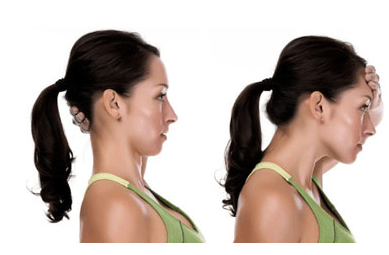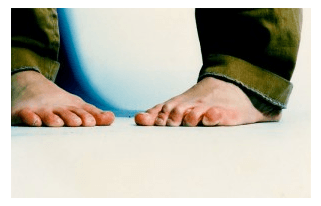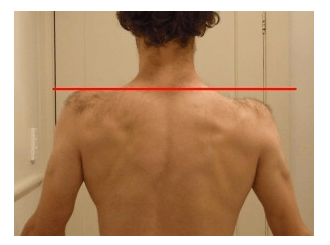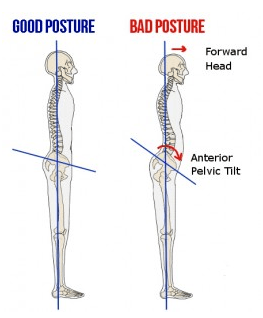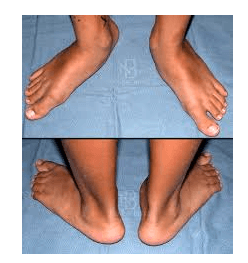Having good posture is something that is hardly on our minds, but can make an impact on numerous aspects in your personal life, including your health and boosting your self-confidence. Read on to learn how to improve your overall posture for good.
1. A head that tends to lean forward
For those who have a tendency to crane their neck and stick their head out, this can cause serious strain on the muscles in the back of your neck. To fix this problem and realign this area, Ashley Mazurek, exercise expert at the C.H.E.K Institute say a good solution is too move only your head downward until you chin is touching your sternum, which will in turn give a much needed release to those back muscles and allow your head to avoid the urge to go forward again.
2. Toes that tend you to go inward (pigeon toes)
There are many different reasons why people develop pigeon toes, such as arthritis, bone deformity or lack of support from your glute muscles. To fix this Bill Hartman, P.T., C.S.C.S, is quoted in Men’s Health as saying that a good solution is something that is referred to as the “side-lying clam shell.” Start by lying on your side, with your knees bent at a 90 degree angle and your heels touching. Keeping your hips stationary, lift your top knee, so as to mimic a clamshell opening. Hold it for 5 seconds and then put it back down. Perform 2 to 3 sets of 12 every day.
3. Shoulders that are elevated
The culprit for this ailment is that you have a short trapezius muscle (the one that begins at the back of your neck and goes across your upper back). Hartman says that the best solution is to do a “upper-trap stretch.” Start with putting the arm that is attached to the raised shoulder behind your back and tilt your head away from this side until you feel the stretch. Place your free hand lightly on the affected muscle and hold it for 30 seconds. Repeat this 3 times.
4. A back that is hunched
This common problem can result in bad upper-back mobility. The solution Hartman says is too place a foam roller parallel with your shoulder, where you are resting on it with your midback. Raise your hands above your head and with your upper back arched go back and forth over the roller 5 times. To make sure all parts of your upper back are stretched, make sure to adjust the roller accordingly and repeat exercise.
5. An anterior pelvic bone that is tilted
This issues is defined by lower back pain due to an overly-arched lumbar spine and a belly that is pushed outward, irregardless of whether you have a large gut or not. One solution according to Hartman is strengthening your glute bridge by lying on your back with your knees in a 90 degree position. He recommends to “Squeeze your glutes together and push your hips upward until your body is straight from knees to shoulders. Hold for 5 seconds; complete 2 or 3 sets of 12 reps daily.”
6. You have “duck feet”
The opposite of pigeon-toed, this condition is when your feet go outward, hence the nickname. This can cause pain in the hips or the lower back. To fix this problem and increase flexibility in your hips, Hartman suggests to get on your hands and knees and put one foot in the back of the opposite knee. Keeping your spine arched, place your weight backwards and continue to bend your hips until they feel like they are being stretched. Hartman suggests to “[h]old the stretch for 30 seconds, repeat 3 times, and then switch sides.”
Featured photo credit: Pixabay via pixabay.com

